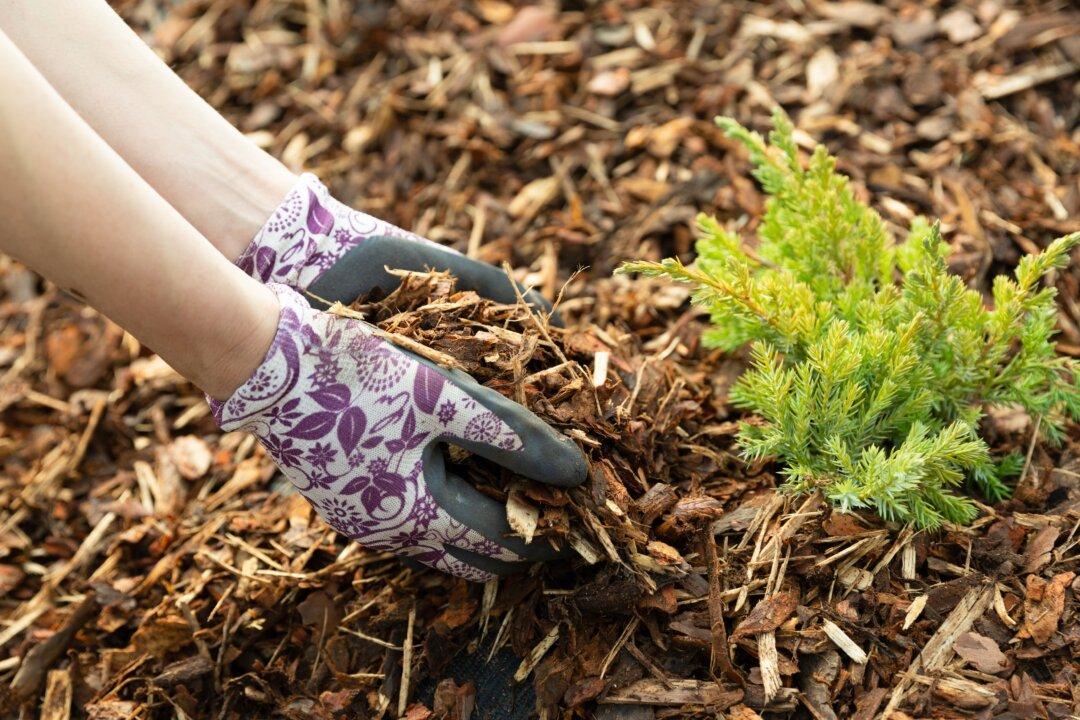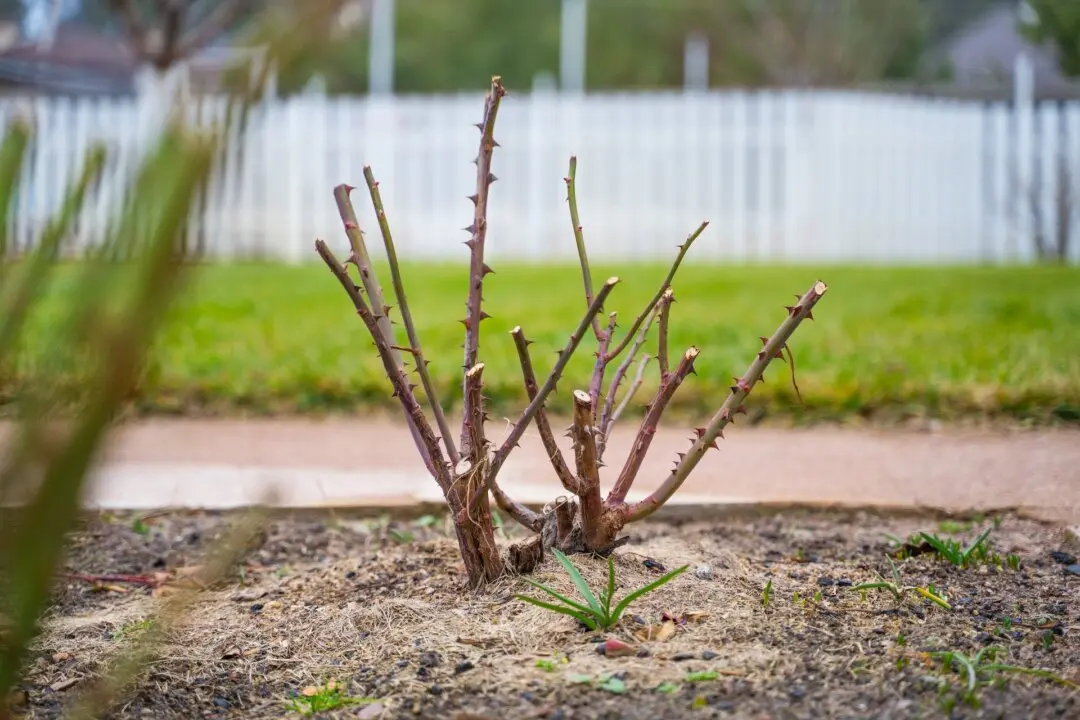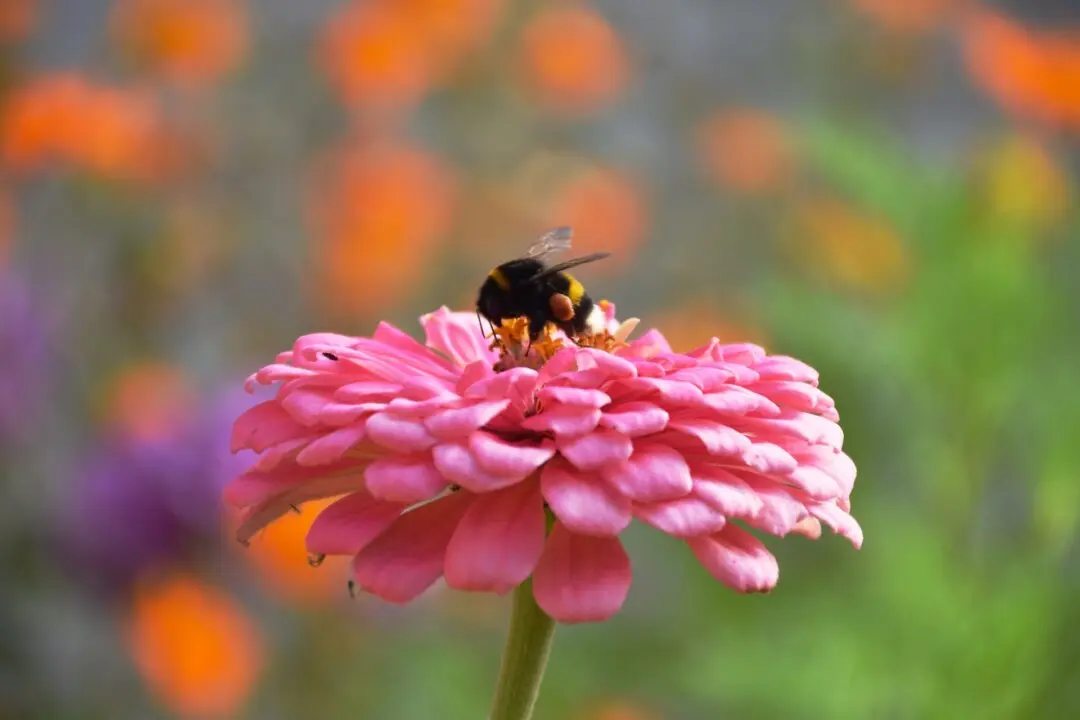Q: When we bought our house 10 months ago, we saw we have two small pine trees in the backyard. One is approximately 15 feet tall and the other about 10. On both, the needles are turning brown and dying, from the inside and bottom, up and out. I have tried adding Miracid to the soil, but it does not seem to help. Any suggestions?
A: From the pattern and timing of the symptoms, I think there is little to worry about. Although many diseases affect spruce and pine needles, they all have patterns of one branch at a time, from the outside in or starting in the spring. The old needles falling off while the newer needles are staying on is a symptom of normal fall color.





